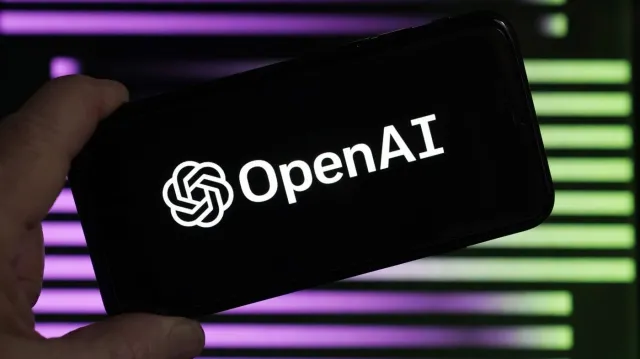Introduction
Quantum computing and artificial intelligence (AI) are two cutting-edge technologies set to reshape how we process and interpret information. Quantum computing, rooted in the strange and fascinating world of quantum mechanics, introduces us to concepts like qubits, superposition, and entanglement. This article delves into the exciting possibilities that arise when these two revolutionary fields come together and examines how they could change the way decisions are made.
The Power of Combining Quantum Computing and AI
Bringing quantum computing and AI together isn't just about merging two technologies; it's about creating a synergy that could completely change the game.
Quantum computing’s strengths, like its ability to perform multiple calculations simultaneously and handle vast amounts of data, can help AI tackle problems that are currently too complex for traditional computers.
This partnership could lead to significant advancements in how we make decisions, paving the way for a new era of technological progress.
The Basics of Quantum Mechanics
Quantums are operates on the quantum mechanics, a branch of physics that explores the behaviour of as matters.
One key concept in quantum mechanics is superposition, where particles can exist in several states at once. This idea challenges traditional computing methods and has led to the development of qubits, the quantum version of classical bits.
What Are Qubits?
Qubits are the fundamental units of quantum computing and have unique properties that set them apart from classical bits.
Unlike classical bits, which can only be in a state of 0 or 1, qubits can be in both states at the same time thanks to superposition.
Qubits could be entangled, meaning the state of one qubit is directly linked to another, even if they’re far apart. These features allow quantum computers to process information in ways that classical computers simply can’t match, giving them a significant edge in computational power.
Quantum Parallelism
One of the standout features of quantum computing is quantum parallelism. While traditional computers process information one step at a time, quantum computers can evaluate multiple possibilities all at once, thanks to superposition.
This allows them to solve complex problems much faster than classical computers, particularly when it comes to calculations that involve many variables.
AI’s Journey and Development
Today, AI is driven by machine learning and neural networks, which allow it to learn and improve over time by analysing large amounts of data.
This evolution has enabled AI to take on increasingly sophisticated tasks, from understanding natural language to making autonomous decisions.
The Unique Strengths of AI and Quantum Computing
The original power of the combining AI and quantum computing frauds in their complementary strengths.
AI is excellent at processing and making sense of huge datasets, while quantum computing provides the computational muscle needed to handle the most complex problems.
Together, they have the potential to solve issues that are currently beyond the reach of classical computers, such as optimising large-scale systems, modelling complex biological processes, and advancing encryption methods.
Revolutionising Decision-Making
The combination of AI and quantum computing could transform decision-making across a range of sectors.
In finance, for example, quantum-enhanced AI could optimise trading strategies by analysing countless market scenarios at once.
In healthcare, it could speed up drug discovery by simulating how different molecules interact. And in logistics, quantum-powered AI could streamline supply chains by considering an enormous number of variables in real time.
Conclusion
The union of AI and quantum computing marks a significant leap forward in our computational capabilities, with the potential to revolutionise decision-making across various industries. As these technologies continue to develop, their combined power will likely lead to breakthroughs that redefine what’s possible, opening up new opportunities for innovation and progress in fields ranging from finance to healthcare.




Comments
Leave a Comment